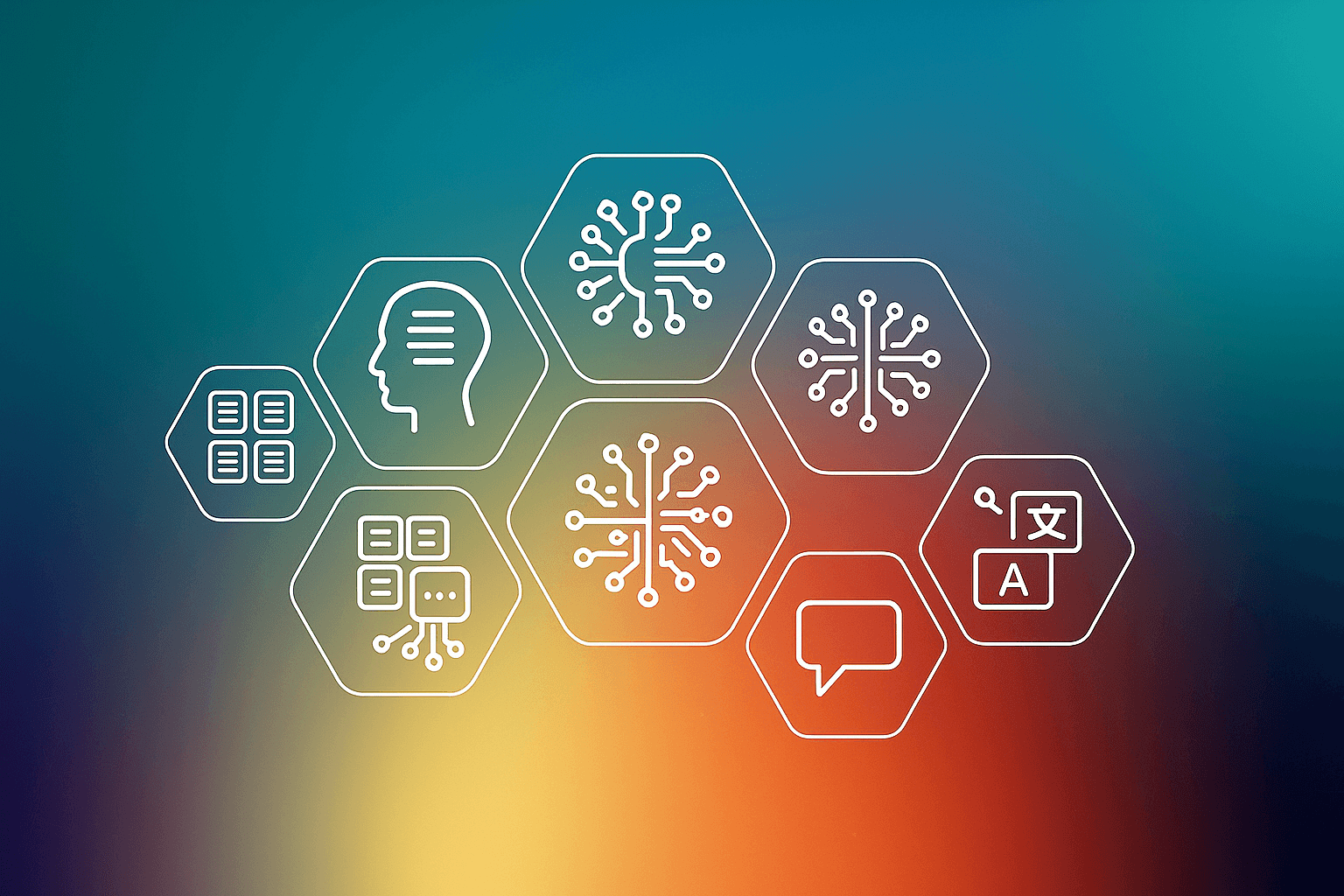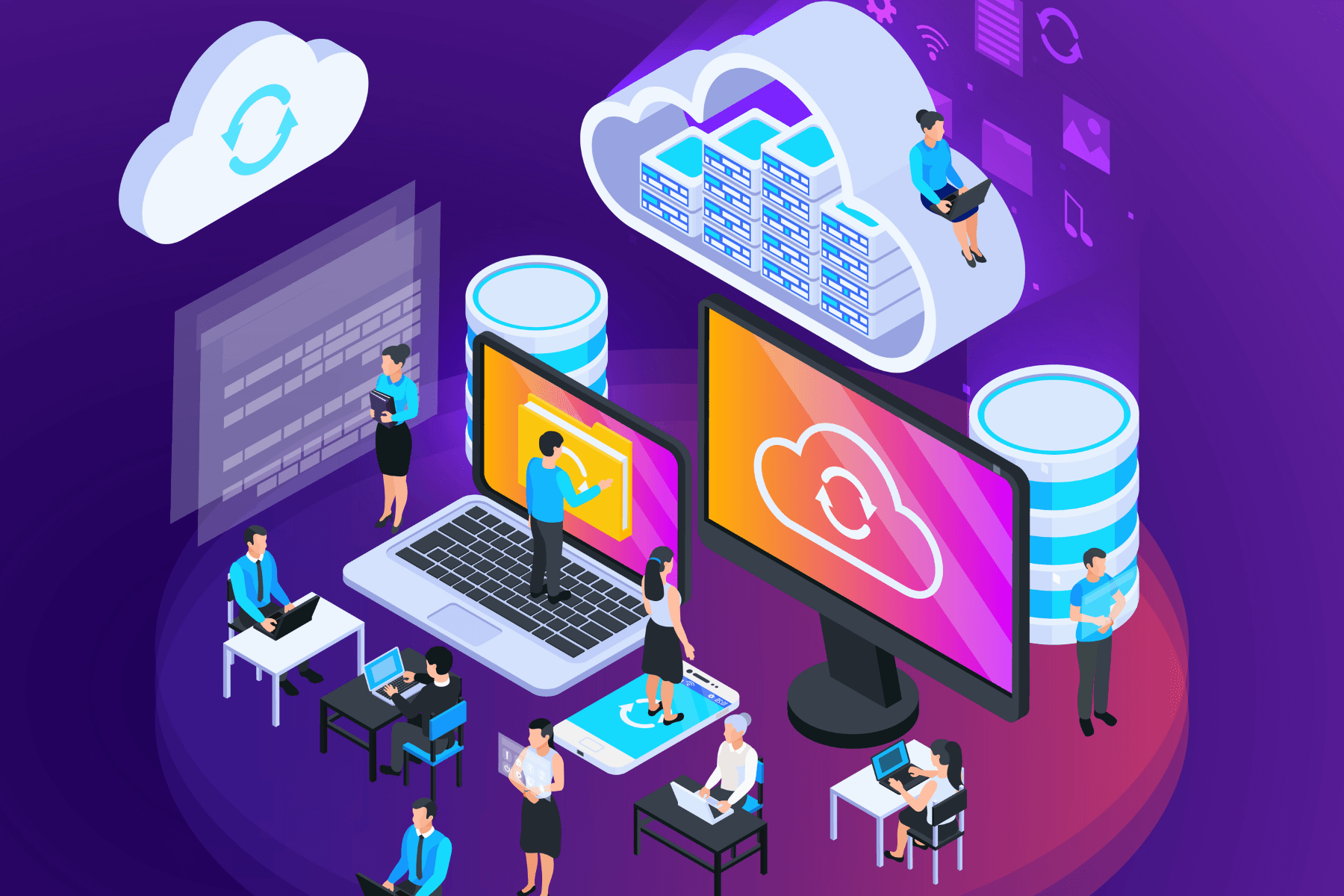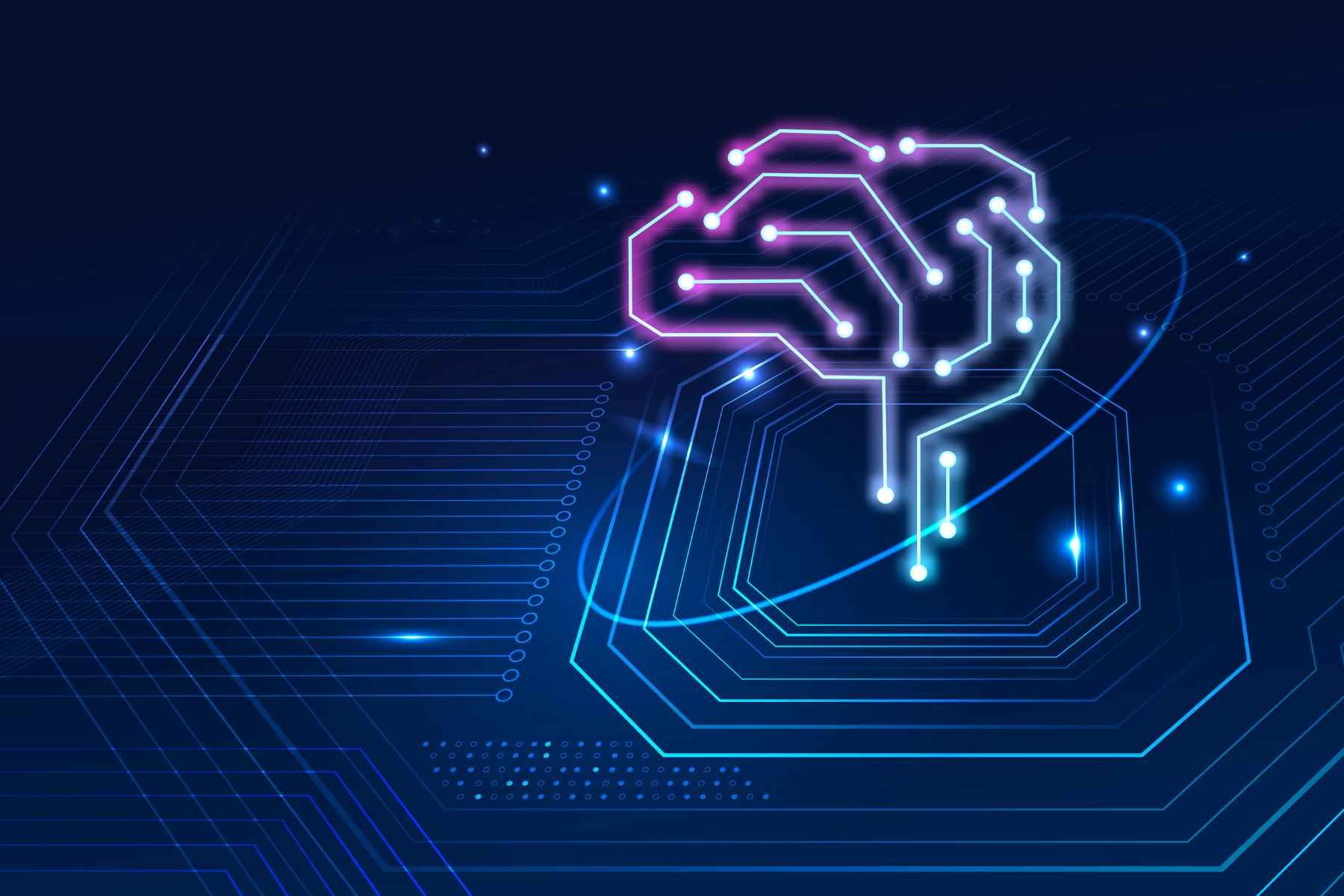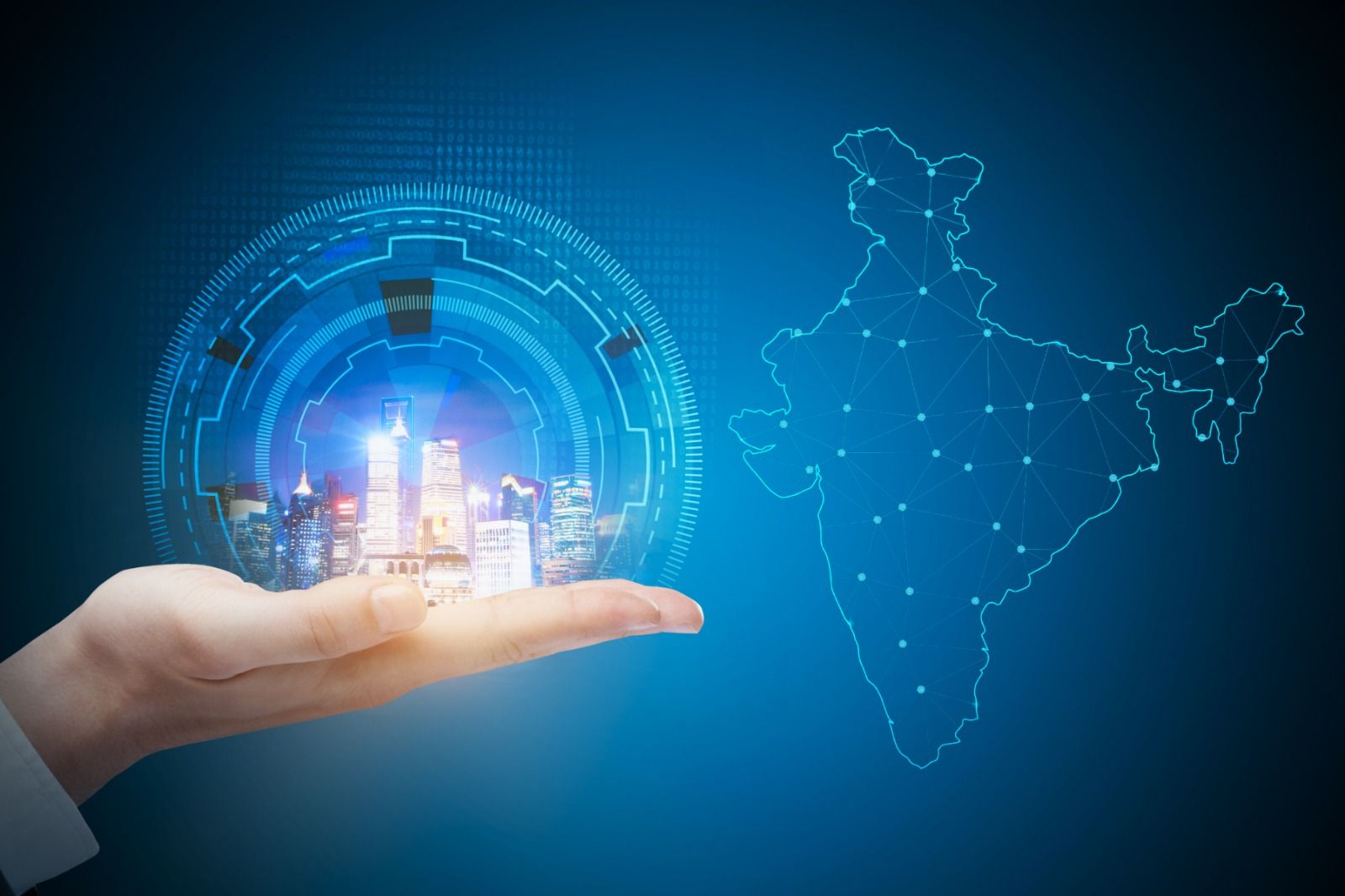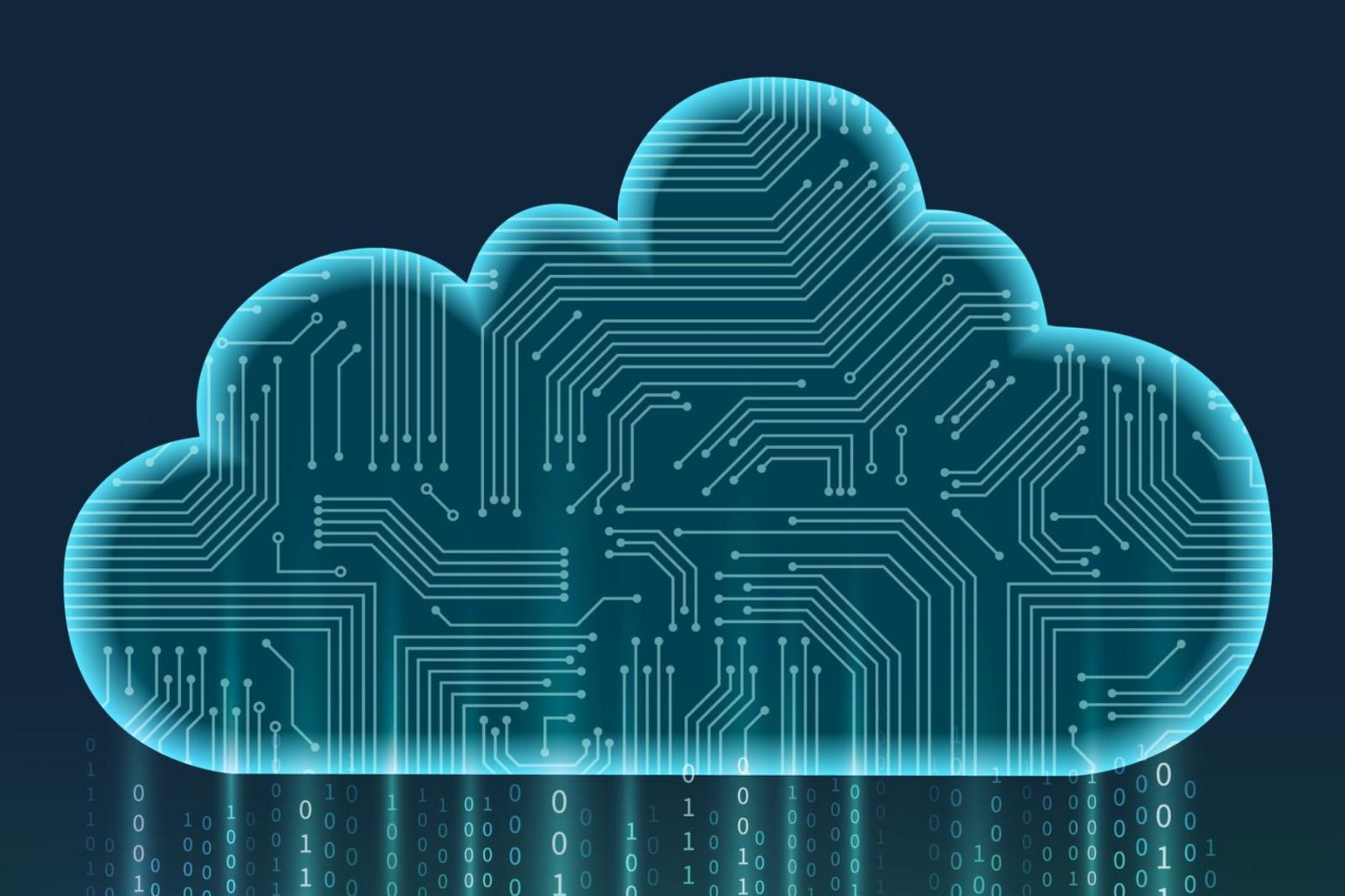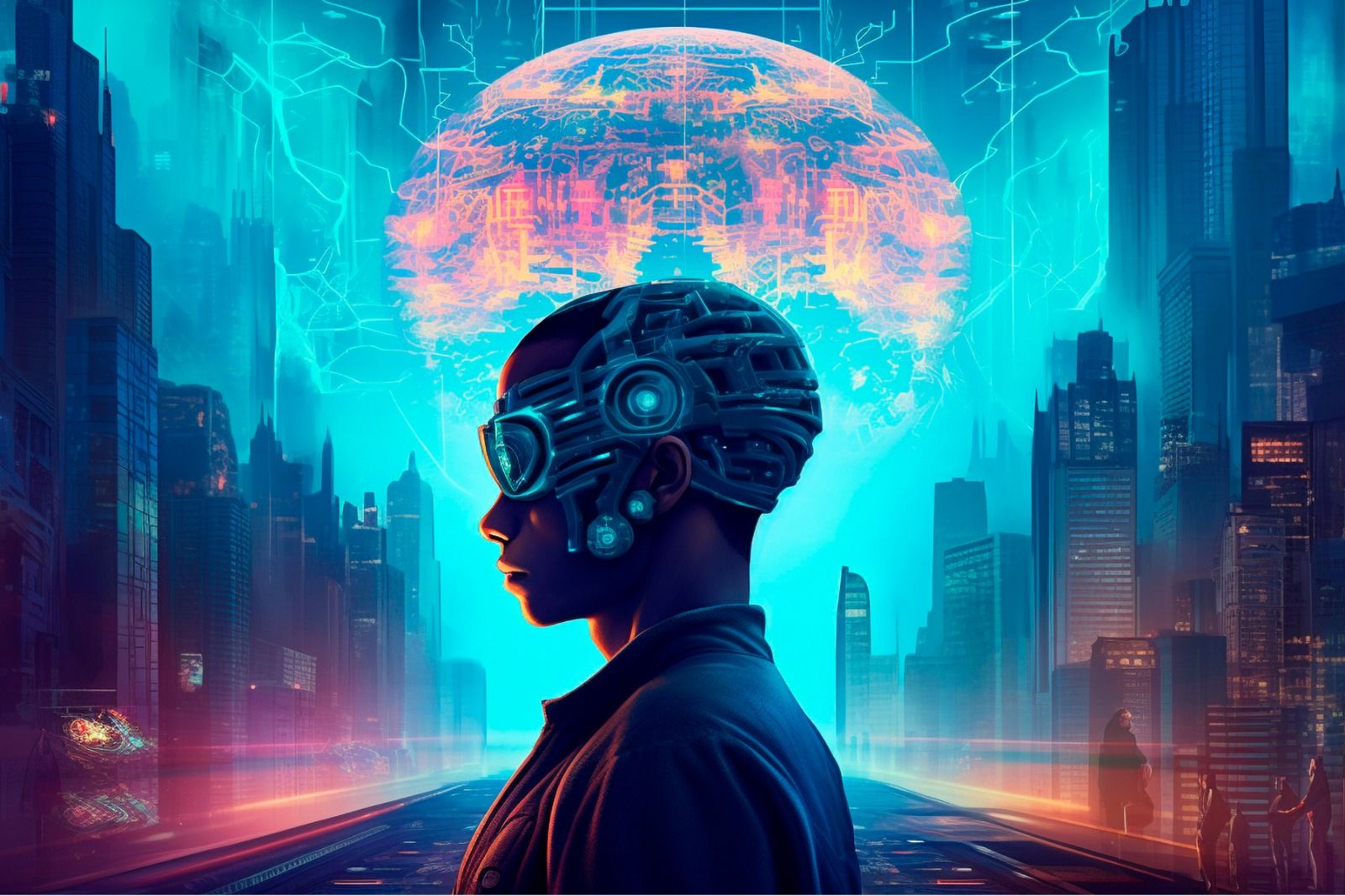NVIDIA-developed CUDA is a parallel computing platform and programming model for the general and basic computing on graphics processing units. By using the capabilities of graphics processing units, developers of the CUDA GL container may substantially speed up the computational applications with the CUDA container.
The CUDA container images provide an easy-to-use distribution for CUDA-supported platforms and architectures. NVIDIA's CUDA Toolkit includes everything you will need to create GPU-accelerated apps and in the installed devices. GPU-accelerated libraries and storage, a compiler, development tools, and the CUDA GL runtime are all included in the CUDA Toolkit. It runs on accelerated cloud computing.
A cloud GPU can also be referred to as the GPU Cloud, which means cloud graphics processing unit (GPU) promotes acceleration of the hardware for the application without the need for the user's device to have a GPU installed.
Online GPU is also available to the consumers for better graphics for the production of content and to accelerate the rendering of graphics. A Graphics Processing Unit (GPU) is a type of electrical circuit that handles graphics. In comparison to a standard computer's Central Processing Unit (CPU), GPU cloud computing has a parallel structure that allows faster computing and more efficiency.
Use of Deepfake Software
Deepfake Studio allows you to swap your face in music videos, movie scenes, and other video content. The Deepfake software supports two types of programming, the Deepfake API and the Deepfake Linux. Because it employs deep learning and face sets, the possibilities for face switching are endless.
Cloud Computing GPU
A Graphics Processing Unit, also termed GPU, is a type of computer chip of a cloud computing GPU. A Graphics Processing Unit has a similar system that allows rapid computing and better efficiency as compared to a standard computer's Central Processing Unit (CPU). It has its relevance in Artificial Intelligence.
Configure your training task to access the cloud GPU servers that are enabled in computers to leverage the GPUs in the cloud. For the configuration process, you must use the BASIC GPU scale tier. Machine learning and deep learning workloads are examples of data-hungry workloads that use unstructured data and information as fuel.
GPU Cloud
A cloud GPU which can also be called a Graphics Processing Unit is the programming unit that accelerates a program without the requirement of the user's local device to install a GPU. Online GPU and cloud GPU for deep learning is recommended as it provides a lot of opportunities to the user. GPU cloud providers are for unloading work from your desk, speeding up specific workloads of vCPUs, or attaching one or more GPUs to your programming. Additionally, the machine type and each GPU increase your instance's price. GPUs, like vCPUs and RAM, are billed in the same way.
GPU Cloud Pricing
A GPU cloud is the cloud EMS (Electronic Manufacturing Services) with the lowest cost and easy maintenance. In the starting stages of the cloud, GPU is all you need for your computers for a better and unique graphics experience. NVIDIA GPU is a cheap cloud GPU that will not make you regret choosing it for your visual experiences if you make any mistake while programming deep statistics in machine learning. The Tesla V100 is currently the rapidly growing NVIDIA GPU in the market and the cheapest cloud GPU as well.
Quantum Machine Learning
The incorporation of quantum algorithms into machine learning programs is known as quantum machine learning. A cloud GPU for startups is a basic Graphics Processing Unit that accelerates the application without the need for a GPU to be installed on the local device of the user. The most popular meaning of the word is quantum-enhanced machine learning, which refers to machine learning algorithms for the analysis of classical data that are run on a quantum computer.
NVIDIA A100 80 GB
The A100, which comes in 40 GB and 80 GB memory configurations, boasts the world's fastest memory bandwidth of over 2 terabytes per second (TB/s), allowing it to run the most complex datasets and models. The NVIDIA A100 40 GB pricing and NVIDIA A100 80 GB pricing are almost $13,999.00.
NVIDIA and third-party ISV (Independent software vendor) content makes it easier to customize, design, and integrate the GPU-optimized applications into processes and allows its users to get rapid solutions to their programming and better results for the graphics.
The A100 surpasses the previous generation by up to 20 times and may be split into seven GPU instances to adapt to changing workloads dynamically. The NVIDIA A100 80 GB introduces the world's fastest memory bandwidth of over 2 terabytes per second (TB/s), allowing it to handle even the most demanding models and datasets.
Conclusion
CUDA GL container is the computing platform to speed up the computational applications and also a model for the programming and graphics of the computer.

